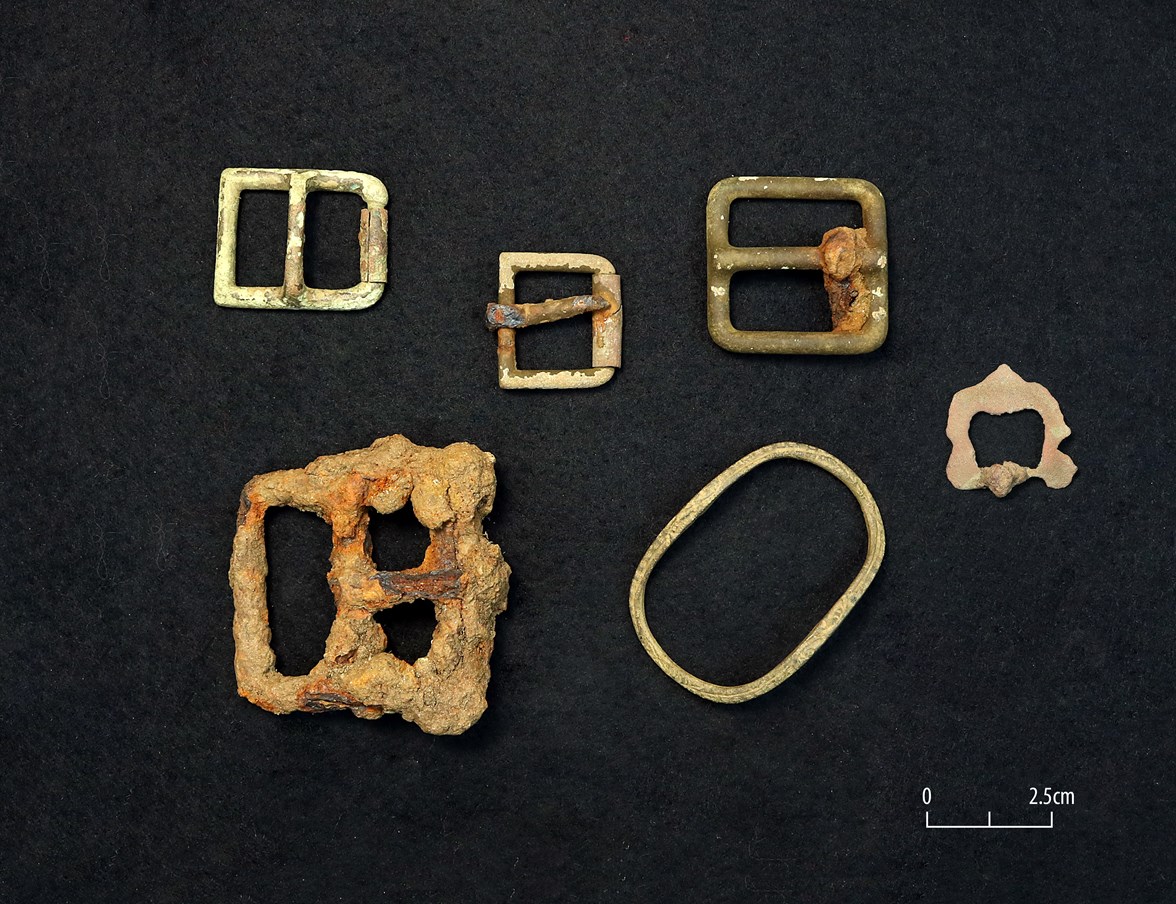Killiecrankie battlefield artefacts go on display

A number of design refinements to reduce land take on the site of the battle of Killiecrankie in 1689 have been made as part of the A9 Dualling Killiecrankie to Glen Garry scheme following feedback from Historic Environment Scotland and the local community.
These include reducing the length of the slip road at the proposed new Aldclune Junction and steepening of earthworks slopes within the section between the Allt Girnaig and the walled garden of Urrard House.
The draft Orders and Environmental Statement for the scheme were published in November 2017. Following concerns about impact on the battlefield at Killiecrankie, archaeological investigations identified in the Environmental Statement were brought forward.
A total of 18 hectares were surveyed as part of the metal detecting and 1,432 metal objects were found, 33 of which may relate to the battle and include lead shot, buckles and horseshoes.
The design refinements to the scheme and findings of the investigations are on public display in Killiecrankie Village Hall today and tomorrow. The 33 metal detecting finds will also be on display.
A Transport Scotland spokesperson said:
“We are aware of the sensitivities of the Killiecrankie battlefield and we have engaged extensively since 2012 with the local community and key stakeholders as the design of the dualling scheme for the section between Killiecrankie and Glen Garry has progressed. These public information events are a sign of our continued commitment to this engagement.
“Having published draft Orders for the scheme last November, we received a number of objections and we are currently working to resolve these wherever possible.
“We have been working to minimise the land take from the dualling on the battlefield and we are seeking feedback from the public on the design refinements on display which will be used to inform the ongoing refinement work.
“Following local concerns and comments from Historic Environment Scotland, we recently undertook archaeological investigations within the battlefield. No archaeological remains were identified within the road line or by the trial trenching and the possible burial pits were confirmed to be natural features. The investigations did recover more artefacts which furthers our knowledge of the 1689 battle.”
These include reducing the length of the slip road at the proposed new Aldclune Junction and steepening of earthworks slopes within the section between the Allt Girnaig and the walled garden of Urrard House.
The draft Orders and Environmental Statement for the scheme were published in November 2017. Following concerns about impact on the battlefield at Killiecrankie, archaeological investigations identified in the Environmental Statement were brought forward.
A total of 18 hectares were surveyed as part of the metal detecting and 1,432 metal objects were found, 33 of which may relate to the battle and include lead shot, buckles and horseshoes.
The design refinements to the scheme and findings of the investigations are on public display in Killiecrankie Village Hall today and tomorrow. The 33 metal detecting finds will also be on display.
A Transport Scotland spokesperson said:
“We are aware of the sensitivities of the Killiecrankie battlefield and we have engaged extensively since 2012 with the local community and key stakeholders as the design of the dualling scheme for the section between Killiecrankie and Glen Garry has progressed. These public information events are a sign of our continued commitment to this engagement.
“Having published draft Orders for the scheme last November, we received a number of objections and we are currently working to resolve these wherever possible.
“We have been working to minimise the land take from the dualling on the battlefield and we are seeking feedback from the public on the design refinements on display which will be used to inform the ongoing refinement work.
“Following local concerns and comments from Historic Environment Scotland, we recently undertook archaeological investigations within the battlefield. No archaeological remains were identified within the road line or by the trial trenching and the possible burial pits were confirmed to be natural features. The investigations did recover more artefacts which furthers our knowledge of the 1689 battle.”